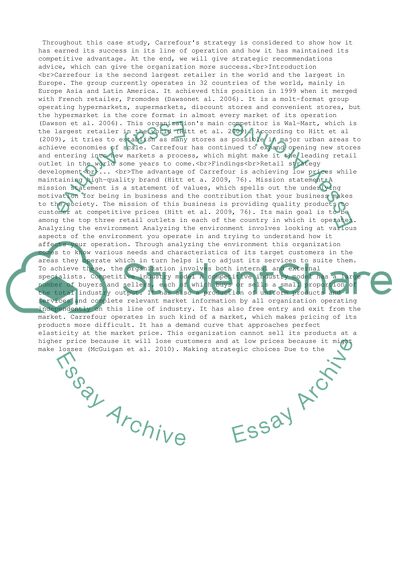Cite this document
(“Retail Stratgey Case Study: Carrefour Assignment”, n.d.)
Retrieved from https://studentshare.org/business/1397318-retail-stratgey-case-study
Retrieved from https://studentshare.org/business/1397318-retail-stratgey-case-study
(Retail Stratgey Case Study: Carrefour Assignment)
https://studentshare.org/business/1397318-retail-stratgey-case-study.
https://studentshare.org/business/1397318-retail-stratgey-case-study.
“Retail Stratgey Case Study: Carrefour Assignment”, n.d. https://studentshare.org/business/1397318-retail-stratgey-case-study.


